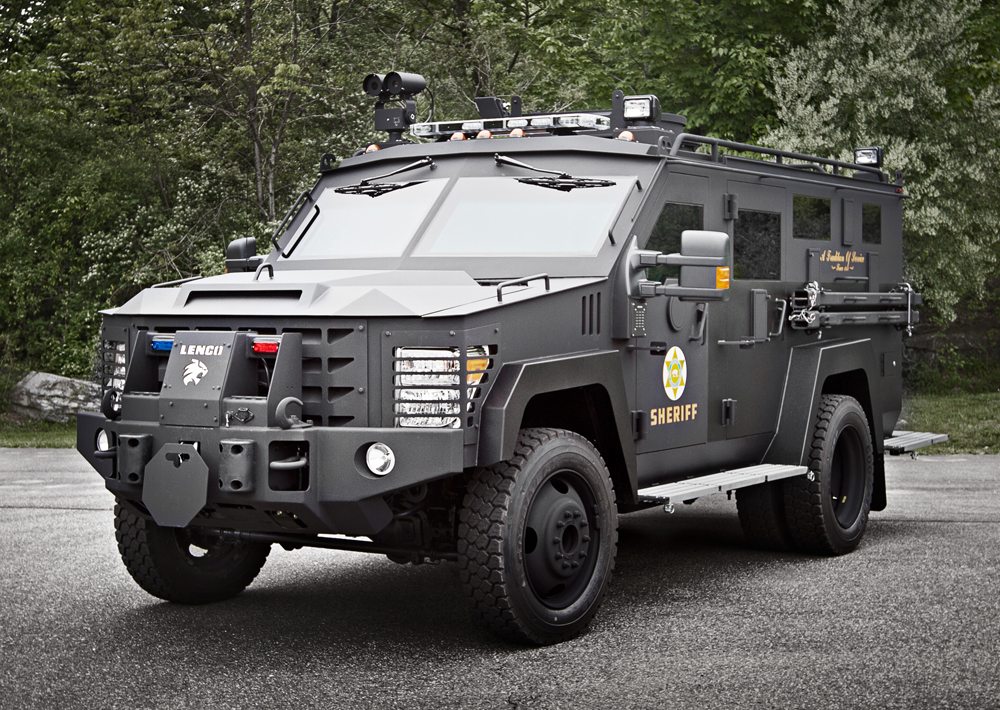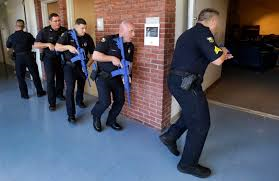By Brian Thiem
Like many people, I’ve been following the Uvalde school shooting. Many friends have asked me to weigh in on the police response, but I’m reluctant to critique other officers when I wasn’t there and know only a little. Additional details came out a few days ago, which significantly changed the narrative of the police response. I’m sure more will be made available to the public in the days to come.

Although there will certainly be reviews of the police tactics at the scene, preparations that had or had not been done by the school and law enforcement to prepare for critical incidents, command and control of multi-agency major incidents (who was in charge?), and police-media relations.
When I worked for Oakland Police Department, all officers were permitted to talk to the press. However there were rules and protocols. For instance, when I was a Homicide investigator, we were allowed to talk to the media about the homicide we were the primary investigator of. When I commanded the Homicide unit, I was permitted to talk to the media about all the homicide cases we investigated and homicides in general.
I dealt to the media a lot. After a major incident, it was not unusual to see my serious face (only psychopaths smile when talking about murder) on all four major network news programs and read my quotes in the next day’s Bay Area newspapers. Here are some things I learned about police-media relations.
The Media was not my friend—but they weren’t my enemy either. They have a vital role in a free society, and that role is not the same as law enforcement’s. Even though I knew our objectives were sometimes at odds, many journalists became friends—friends I still keep in touch with in retirement. When I took over the Homicide unit, relations with the media were strained, so I reached out to the local affiliates of the major TV networks (ABC, CBS, NBC, FOX) and local papers (San Francisco Chronicle and others), and invited their journalists and news directors to my office. I asked what I could do to make their job easier and to improve our relationship. I took many of their suggestions.

Never lie to the Media. That didn’t mean I had to answer all their questions whenever they asked. I wouldn’t tell them, for instance, the caliber of a murder weapon because it could compromise the integrity of the investigation. I wouldn’t tell them a murder victim’s name because they coroner had to first notify the next of kin. When cops lie to the media, they immediately think we’re covering up something. Not only will they then dig harder, but they will also lose any trust they had with the police.
Don’t be afraid to say you don’t know. Many times, I rolled up to a major scene and was quickly surrounded by reporters with microphones and cameras in hand asking me what happened. My standard response was, “I just got here—I don’t know,” as I ducked under the yellow tape. Once things settled down and I had handled my job managing the scene, I’d return and tell them what I could.
Admitting you don’t know seems to be an uncommon response to the media these days. There often appears to be a competition among public official at major incidents scenes over who can get the most facetime with the media. I understand it to a degree with politicians who are constantly running for reelection. Getting their faces on TV or their names in print for free beats the cost of campaign adds.
But as professional law enforcement officers, we should not get sucked into this race for information to feed the media. When I see politicians and the heads of law enforcement agencies providing details about a critical incident to the media shortly after a gunman is neutralized, I cringe. In my experience, you can get quick information or accurate information in the aftermath of a critical incident, but not both

.
Explain our processes. I can’t blame the media for wanting to know everything immediately, but it is incumbent upon us in law enforcement to pass on only what we know. Don’t guess. Don’t pass on preliminary information as verified facts. And set realistic expectations. Explain that dozens of officers were on the scene performing dozens of different tasks, and until someone can read and analyze their reports (reports that aren’t written while they’re still working the scene), many details are unavailable. Witnesses need to be interviewed and formal statements taken. Crime scene technicians need to process the scene and collect evidence, which can take days after a major incident. Radio logs, police body cams and cell phone video must be reviewed.
The Uvalde incident was very complex. I counted at least ten law enforcement agencies at that scene. It will take time to sort out exactly who did what and when. It will take even longer to answer the many whys. The details will come out, and it will surely result in some lessons learned and some procedures that can be done better in the future, not only about a police response to and tactics at school shootings, as well as command and control of major incidents, but also about how to better work with the media during and after major critical incidents.
![Tara-OSullivan-Life-Mattered[1]](https://murderbooks.files.wordpress.com/2019/07/tara-osullivan-life-mattered1.jpg)


 situations. The policy called for officers to enter in 3-officer teams, move toward the gunfire, and contain or neutralize the suspect or suspects the best they could with the weapons and tools they had. We established training for the entire department using paintball guns and Simunitions for realism, allowing officers to experience what it was like to shoot and be shot as they move rapidly toward armed adversaries.
situations. The policy called for officers to enter in 3-officer teams, move toward the gunfire, and contain or neutralize the suspect or suspects the best they could with the weapons and tools they had. We established training for the entire department using paintball guns and Simunitions for realism, allowing officers to experience what it was like to shoot and be shot as they move rapidly toward armed adversaries.